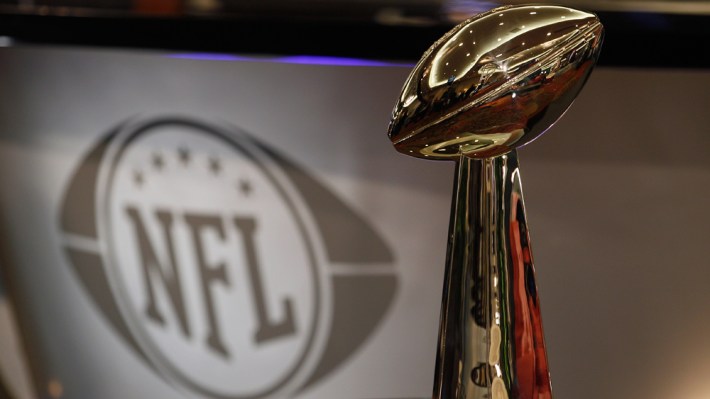Editor’s Note: Scott Ferber is chairman and chief executive of the video technology services firm Videology, and the co-founder of Advertising.com (now a division of our parent, Aol).
The Super Bowl has always been a showcase for cutting-edge advertisements –no surprise when you consider that last year’s 111.5 million viewers made Super Bowl XLVIII the most-watched TV event in U.S history.
Over the years, we’ve seen an evolution in the type of ads featured in the Bowl, and a corresponding change in the marketing technologies that shape and deliver them.
Those technological changes are providing more advertising opportunities, at more affordable prices than ever before, making Super Bowl XLIX the year that you see the most result from your Super Bowl advertising –even if you never buy a Super Bowl spot.
When linear TV was the only game in town, and programming control was squarely in the hands of broadcasters, Super Bowl commercials were hotly anticipated, and even widely-rumored events.
Brands aimed for the big reveal ad, such as Apple’s 1984 Macintosh spot, generally recognized as one of the most memorable – and successful — TV ads in history.
A few years ago, as digital and social media gave consumers more control over what they watched and when, and digital video became more prevalent, marketers seized the opportunity to develop new advertising approaches.
Brands such as Volkswagen seeded video before the game even aired. It was no longer about the reveal, but about creating buzz leading up to the big game, by teasing elements of the ad or in some instances airing the entire commercial.
As more screens are put into the hands of the consumer, and media is no longer consumed on just one platform, cross-screen advertisement targeting and measurement tools have also matured.
We’re seeing another kind of evolution, based on the availability of big data and technologies that can match TV viewers to online video watchers, and find audiences outside of specific programming such as the Super Bowl.
Brands can now “find” Super Bowl viewers outside the airing of the actual game, including before and after it and on separate screens. These options have opened a range of new marketing possibilities not only for those who advertise in the game, but also for brands that could never afford to do so.
Thanks to technology, brands can now plan their ads based on a specific audience demographic, instead of just assumptions or historical evidence around different TV programs. Brands are now buying an audience matrix with granularity such as age, gender, income, coffee preferences, and, of course, whether or not they watch the Super Bowl.
The distinction here is that they are not just targeting a single demographic, but a dynamic mix of dozens of variables that brands define as their target audience – Super Bowl watching being one of them.
The power of the Super Bowl to draw audiences is undeniably strong and is underscored by the fact that it serves as a showcase for changes in marketing methods. Thanks to big data and technology advances, though, brands can now find their own showcase through highly-targeted audiences and get Super Bowl-like exposure without Super Bowl-sized budgets.
